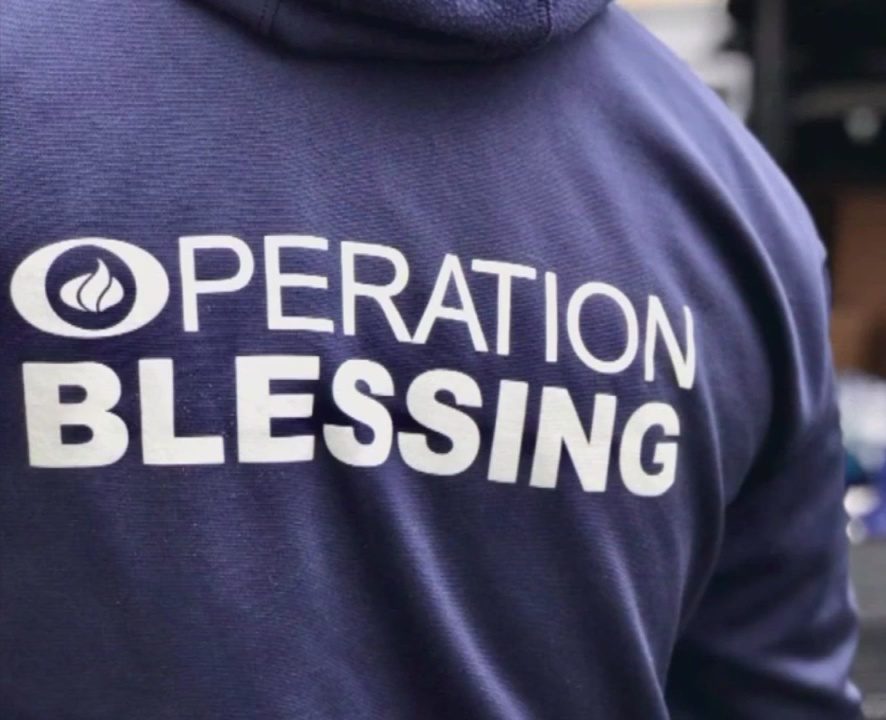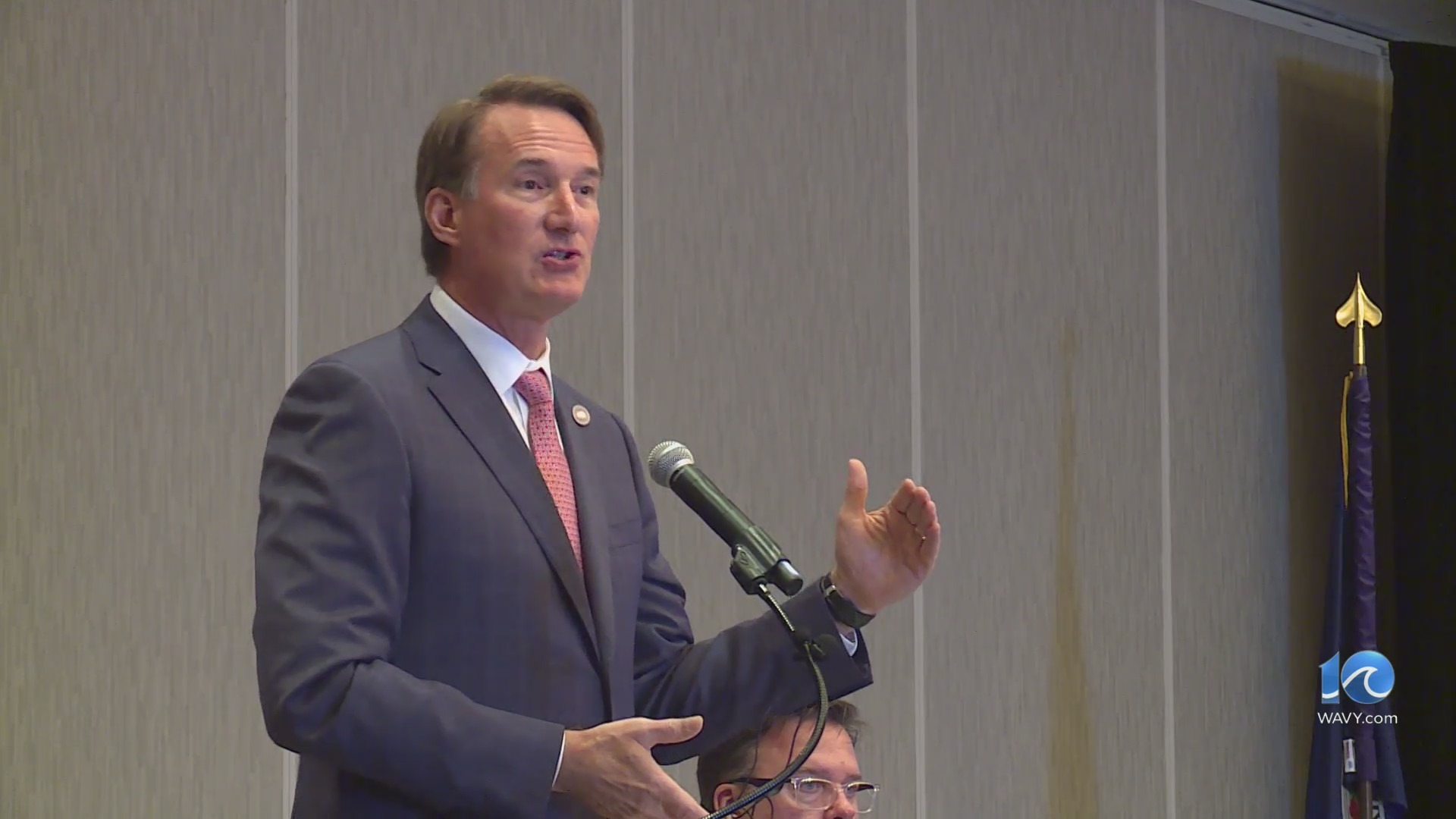(NEXSTAR) – While U.S. birth rates have been falling for years, new numbers from the National Center for Health Statistics Tuesday show that America’s views around starting – or growing – a family may be now be changing.
The most recent available numbers show that U.S. birth rates in the first half of 2021 fell by 2%, less than half the decrease from the second half of 2020, and a return to the same percentage seen in the first half of 2020 according to NCHS, a branch of the Centers for Disease Control and Prevention.
A closer look at the preliminary numbers shows that the decrease in 2021 was largely due to a 9% drop in January over 2020’s births. Birth rates actually rose in April and June by 1% and 3%, respectively.

“This difference between patterns seen for the first six months of 2021 and earlier years suggests that the magnitude of the downward trend seen in the second half of 2020 and January of 2021 may have begun to wane and declines in the number of births may be returning to pre-pandemic levels,” said the report, which was released Tuesday.
The states that saw birth rates go up during the first half of 2021 were Connecticut, Idaho, New Hampshire, and Tennessee. The greatest decrease was in Washington D.C. (-9%), followed by New Mexico (-5%), Arizona (-4%), California (-4%), Delaware (-4%), Maryland (-4%) and New York (-4%).

The U.S. has seen birth rates fall annually for years leading up to the pandemic; Census data show there was an average .39% annual decline between 2000 and 2019. That number jumped to a 5% average decline over the second half of 2020 and peaked in January 2021.
The report also found that women of all races and Hispanic-origin groups experienced an overall decline in births during the first half of 2021, with the smallest decrease among white women (less than 1%) to the largest among Asian women (8%).
What the new data say about American attitudes when it comes to having babies in the post-COVID age remains to be seen however, since we don’t yet know what the birth rate numbers are for the second half of 2021.
Even in the normal years before the pandemic, there is a seasonal pattern to births in the U.S., Census researchers point out – rates increase in spring before peaking in summer, then decline during the fall before reaching the lowest level in the winter.
Dr. Brady Hamilton, a co-author of the report and statistician for NCHS, told ABC News that the data will provide a more accurate picture of American life during the pandemic once it is married with surveys further explaining people’s decisions.
Hamilton did say that the nearly 10% drop in births in January 2021 over the previous year showed that women were not getting pregnant during March and April of 2020, when cities across the country were ordering COVID-19 shutdowns.
“When it comes to looking at these numbers, there is a nine-month lag, so the number of births you see occurring [in] a month reflects what people’s actions were nine months before,” he said. “So that [drop] is very interesting and something we will look at in more detail.”
As for the resurgence of birth rates in the first half of 2021, the U.S. is not alone. Human Fertility Database numbers show that 21 out of 30 countries they studied had more births in March 2021 than in March 2020.

























